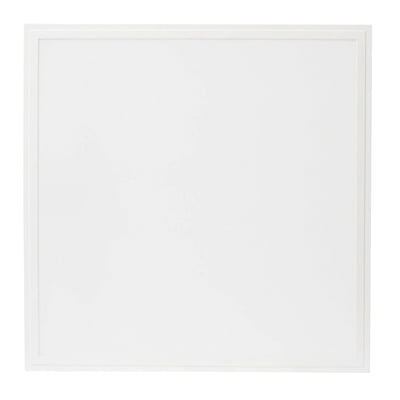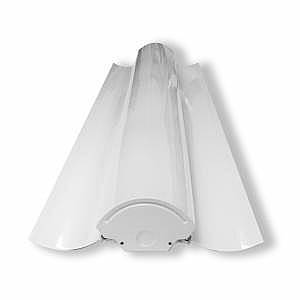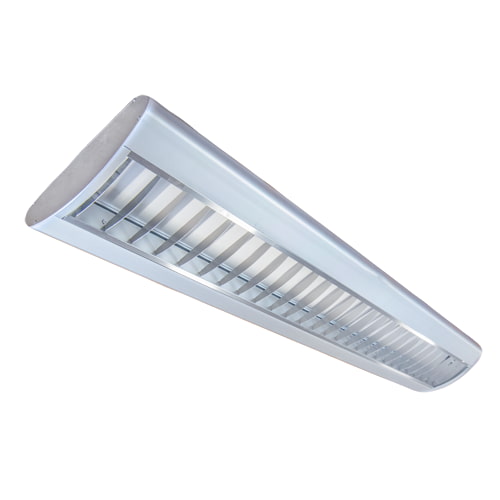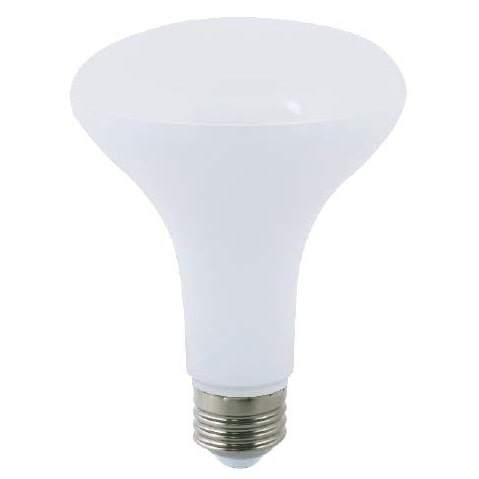LED Mall Lighting Guide
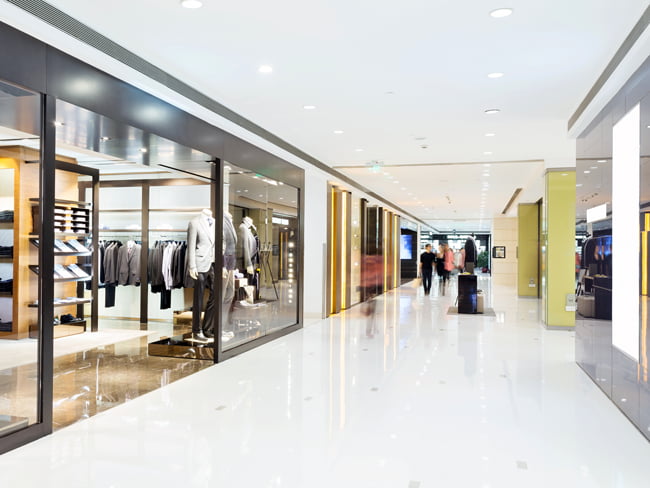
Shopping malls are some of the largest indoor commercial facilities in the world, oftentimes encompassing acres of floor space with many different types of shops, restaurants, retail stores and even indoor attractions. Faced with an ever-increasing level of competition from online shopping, tightening budgets and saving expenses has never been more important for malls and retail spaces in general. Thanks to the massive technological improvements in LED technology over the past decade, malls finally have the opportunity to not only save a considerable amount of annual operating expenses but also improve the overall atmosphere of their buildings.
In fact, this improvement is so drastic that older traditional lighting systems have become practically extinct in modern shopping malls, as they cost more than simply making the upgrade to LEDs. There are many benefits to LED lighting besides saving on energy costs, namely in the elimination of maintenance requirements as well as producing a much higher quality of light that improves visibility and is easier on the eyes. There are many different lighting options available for shopping malls, being subdivided into separate types and styles depending on the needs of the particular application.
Mall Lighting Selection Factors
There are multiple factors that go into lighting selection for shopping malls. The largest factor to consider is the layout of the building itself. Indoor malls often have multiple levels, with open communal areas with features such as fountains, food courts and seating. Certain types of large open areas may require high powered lighting such as high bay lighting in order to provide adequate lighting at the ground level. However, other areas with lower ceilings may only need flat panel or linear style fixtures to accomplish this.
For outdoor areas such as parking lots, walkways, entrances and awnings, a totally different type of fixture will need to be used, such as pole mounted flood lights for parking areas, wall packs for the building exteriors and canopy lights for covered places. These lights work great for providing solid illumination in a durable and weather tight package.
In addition to the physical factors surrounding the fixture type, beam angle and lumen output, another important factor to consider for malls is the color temperature of the light produced. According to an extensive survey regarding shopping center lighting, the most ideal color temperature for shopping centers is approximately 4000K to 5000K, depending on the area to be illuminated. This provides the best overall color rendering and makes for a natural and pleasant shopping experience.
Mall Lighting FAQs
Q. What lighting color is the best choice for malls?
Generally speaking, color temperatures in the range of 4000K to 5000K are the best choices for shopping centers and malls. The reason for this centers around the fact that this color temperature range is the closest to natural sunlight and also is the easiest on the eyes, improving sales and making for a better overall shopping experience.
Q. Do LED lights help improve retail sales?
When compared to traditional lighting technologies that were typically used in shopping malls and retail centers, LED lighting can and does help improve sales numbers. This largely has to do with the better color rendering making it easier for customers to see products, as well as being easier on the eyes which makes for a more enjoyable shopping experience.
Q. Can I upgrade my existing lighting fixtures?
Yes, most existing lighting fixtures utilizing traditional technologies can be upgraded to take advantage of modern LED lighting technology. Depending on the particular fixture, upgrading can be as simple as changing the bulb itself over to an LED version, or a bit more involved such as rewiring around a ballast or retrofitting the fixture itself in order to install an LED retrofit kit.



